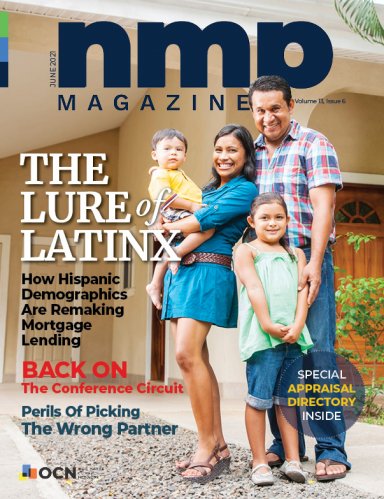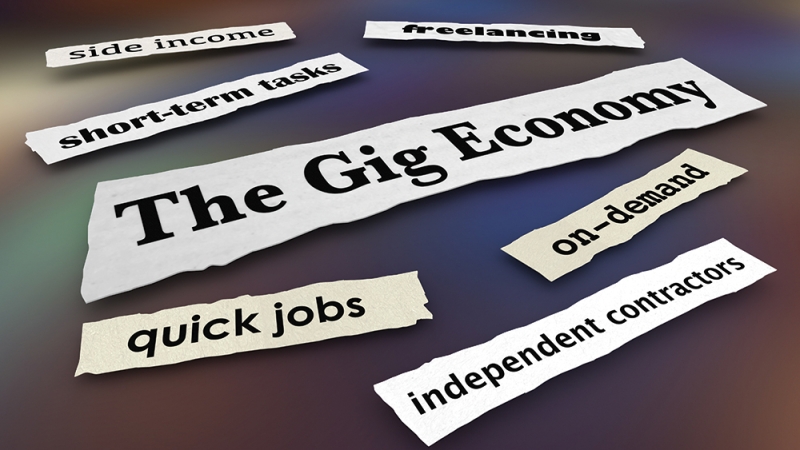Limited partners may leave the company or be replaced, and the LP may continue to exist. If a general partner leaves, some states require that the other partners dissolve the LP unless the business’s partnership agreement states otherwise.
Possible Ongoing Compliance Tasks for LPs
- File an annual report with the state.
- Assign and maintain a registered agent in the state.
- Report and pay income and self-employment taxes.
- Register for a sales tax ID (seller’s permit).
- Register for payroll taxes (if the business will have employees).
- Pay franchise tax.
- Obtain required business licenses and permits and keep them up to date.
- Keep a business’s and partners’ personal finances separate.
Limited Liability Partnership (LLP)
A limited liability partnership is similar to a general partnership—all partners may be involved in managing the business. However, unlike a general partnership, all of the partners are protected by limited personal liability. This form of business structure is usually used by entrepreneurs in specialized professions (for example, accountants, attorneys, accountants, wealth managers, engineers, architects, and doctors). Besides the benefit of personal liability protection, the LLP structure also gives professionals the ability to pool resources (such as administrative staff, equipment, etc.) and reduce operational costs compared to operating independently. Most states require that all partners in the LLP are licensed in the same profession. In an LLP, all partners are personally protected from the business's liabilities (the degree of liability protection they have varies by state) even though they have complete responsibility for the management of the business. Partners in an LLP get paid from the company's profits, and those draws are subject to income and self-employment taxes.
How To Start An LLP
The paperwork involved in forming an LLP is usually called a “Certificate of Limited Liability Partnership.” It must be filed with the appropriate state agency along with payment of the required fee.
It’s important to note that not all states recognize the LLP as an entity, and some states only allow certain types of professionals to form one.
LLPs may continue to exist when individual partners leave or pass away if the business's partnership agreement details those circumstances.
Possible Ongoing Compliance Tasks for LLPs
- File an annual report with the state.
- Assign and maintain a registered agent in the state.
- Report and pay income and self-employment taxes.
- Register for a sales tax ID (seller’s permit).
- Register for payroll taxes (if the business will have employees).
- Pay franchise tax.
- Obtain required business licenses and permits and keep them up to date.
- Keep the business’s and its partners’ personal finances separate.
Is A Partnership Right For Your Brokerage?
The business structure you choose will be one of the most crucial decisions you'll need to make. Because your choice will affect so many aspects of your business—how you manage it, how taxes are handled, your level of personal liability, and more, consider getting guidance from trusted legal and accounting professionals. Every situation is unique in some way, so it's helpful to run through the pros and cons related to your specific circumstances before moving forward.












